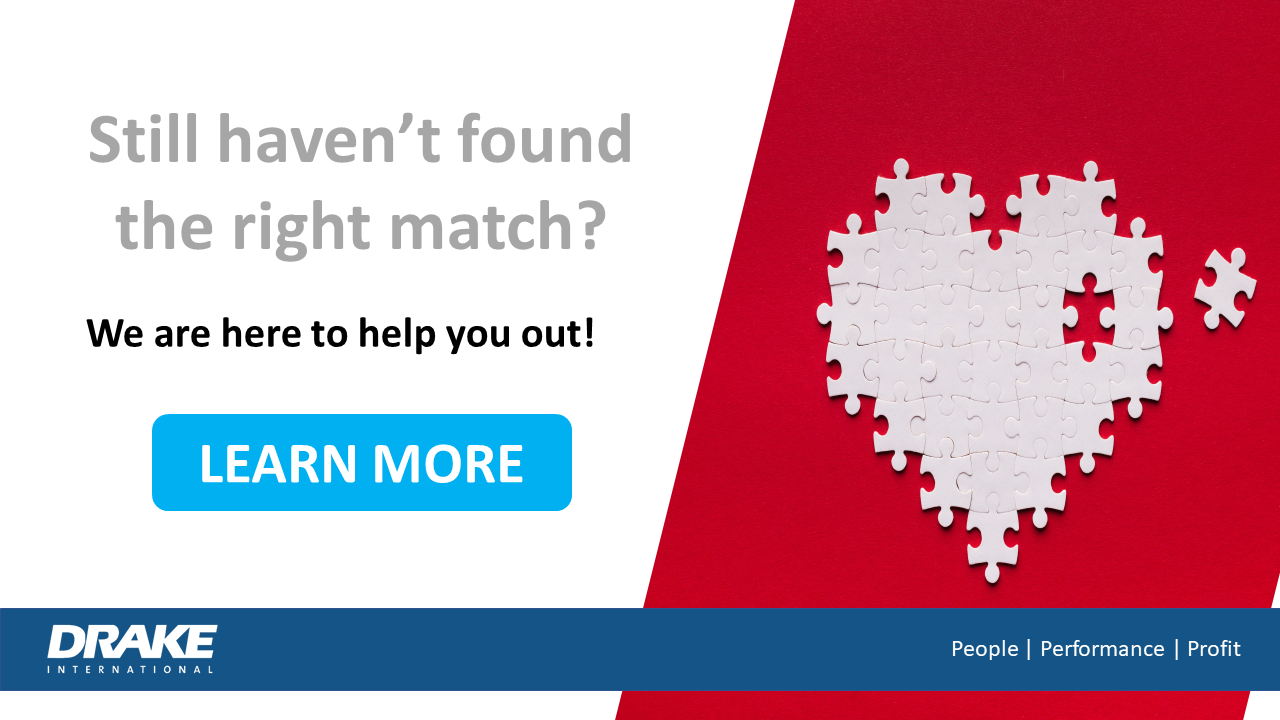How to conquer indecision
If clear areas of responsibility and accountability don’t exist, you have the first ingredient in the recipe for a culture of indecision. Leaders need to make sure that their senior team and all their direct reports have well-defined roles and responsibilities that are linked to rewards and evaluations. This defines the first step, but it’s just the beginning.
Triumphing over indecision will take amore concentrated effort simply because some leaders just can’t make up their minds. In fact, they are very decisive about avoiding decisions. In time, however, indecision becomes a decision. But as the senior leader, your job is to take steps to make sure uncertainty does not engulf you or your team.
Here are some ways to move toward incisiveness and creativity:
Encourage Dialogue, not Monologue
The primary tool for combating indecision is interaction—dialogue between leaders at the top of the organization and those who will implement decisions. Through the exchange of ideas, people challenge assumptions, put new ideas on the table, and through synergy, create ideas that never would have existed if individuals had tried to go it alone. In other words, conversations bring coherence to fragmented ideas and encourage the laser focus that decision makers need to move ideas to action.
One of the surest ways to promote indecision and quash robust discussion involves appointing a “talking head,” especially one that likes to overuse Power Point. When a senior leader assigns someone the task of preparing a presentation, the “more is better” paradigm begins to shift into place, and the spirit of shared decision making dies.
Often the person responsible for the production will spend an inordinate amount of time trying to put magic actions into a Power Point. Three things occur in this scenario, none of which moves the group toward better decisions.
First, the person preparing the information wastes time that should be spent on his or her primary responsibilities. I recently had a conversation with a military colonel who told me he had spent two full days preparing 50 slides for a presentation to a general.
I asked him if that was the best use of his time. He answered, “No, but that’s what the general expects.” Contrast this situation to one that occurred with a CEO client, Jack, who had a “two slide rule.” Since he would view only two slides in a presentation that lasted less than an hour, Jack’s direct reports became very adept at streamlining their messages and focusing their efforts on the critical aspects of a given problem. Jack didn’t reward “dazzle them with data” behavior, so he didn’t have to tolerate it. He also didn’t have to put up with indecision.
The second problem occurs when the overuse of Power Point or any other method of solo presentation encourages group idleness. When the presenter spends days preparing bells and whistles to present information, those in the room tend to shut down, drift off, and engage in group laziness. Interrupting a peer who has clearly worked so hard to astound seems at cross purposes with teamwork and cohesion. Plus, if people do interrupt, they run the risk that they’ll make their peer look bad in front of the boss, or worse, retaliate when it’s their turn. Ambivalence often arises, but outright resistance from those who might have to implement the decision can also happen.
Finally, when you advocate monologue and one person taking too much responsibility for guiding the group’s discussion, you also sacrifice openness and candor. Conversely, when you establish a safe haven for dialogue, you create an atmosphere that encourages spirited debate, learning, and trust. When people can express their real opinions and take collective ownership of problems, without fear of reprisal or rejection, they become more willing to speak the unspeakable and to identify the elephant that frequents so many corporate meeting rooms. Only then can you hope for a sincere search for answers.
Support a Sincere Search for Answers
When senior leaders speak, they encourage echoing, which in turn prompts waffling—an ingredient in and first cousin of indecision. On the other hand, if you, as the senior leader, refuse to offer an opinion until each member of the leadership team has expressed one, you will invite a full range of views, unpleasant truths, and better informed decisions. Others echoing your thoughts aren’t the only problem that can fuel indecision, however. Sometimes others filtering information and failing to give you hard truths can also play roles in the breakdown of decision making.
At some point in the pipeline, leaders become the recipient of what others think you want to hear. The remedy? Get rid of the filters. Ask members of your leadership team to invite to ‘decision making meetings’ those who hold the keys—the people who can answer you directly. If you don’t demand this, it won’t happen. Like well-tuned flow valves, throughout history people have guarded and controlled the stream of information to the top, occasionally to justify their own existence; at times to maintain control; and sometimes to cover their own incompetence. You decide. What information do you need and where is the horse’s mouth in your organization?
Filtering the data through the chain of command has its place, but supporting a sincere search for answers needs to happen when you need to hear the information directly. At a symposium I recently heard a four star general lament the days when people would give him information directly. Now that he’s one of thirteen senior Air Force leaders, too many people have the opportunity to influence what information he receives and what he doesn’t. Like the tasters of Medieval times who decided what the king could and could not eat, these people do a type of information triage. Unless you establish a clear line of communication between you and those in your chain of command, you won’t get sincere information either, which can compromise your confidence and promote vacillation. Even though it may seem counterintuitive to involve more rather than fewer people in decision making processes, failure to include everyone who needs to add relevant information to the decision actually clogs the process and wastes time. And you don’t end up with sincere answers; you end up with sanitized data that can often interfere with your capacity to move ideas to action.
Conclusion
As critical a role as sincere dialogue and accurate information play in decisiveness, they represent only a very good start. If the open communication doesn’t turn into action, you’ve gained nothing. Follow through is the coin of the realm of execution. Therefore, each time the leadership team meets, everyone, or at least the key players, leaves with assignments and deadlines. If you fail to establish the follow through, you will destroy the discipline of execution and invite indecision both for the current situation and those in the future. These assignments then play a role in your formal assessment of each of your direct reports and influence compensation and promotion. If you fail to make this link, people will lack certainty about what decisions they own, which further fuels indecision. If you don’t give feedback about your expectations regarding decision making, you will lose the battle against indecision in your organization.
Linda Henman, Ph.D. works with organizations that want to think strategically, grow dramatically, promote intelligently, and compete successfully today and tomorrow. She is the author of Landing in the Executive Chair, among other works. Some of her clients include Tyson Foods, Emerson Electric, Avon, and Boeing. She can be reached at [email protected].
 CA-EN
CA-EN UK
UK AU
AU US
US NZ
NZ PH
PH ZA
ZA SG
SG HK
HK


